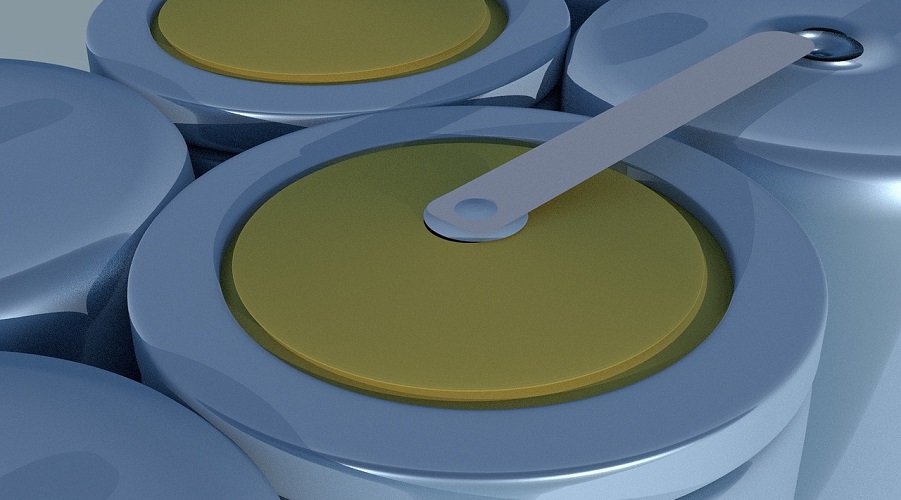
A team of researchers at Rensselaer Polytechnic Institute found a way to use the internal heat of lithium-ion batteries to diffuse into a smooth layer the dendrites that form after several cycles of discharge-recharge.
Dendrites are sort of “branches” that emanate out of the lithium metal surface and can grow long enough to create a short circuit between the battery’s electrodes, leading to a fire hazard.
Industry has avoided this problem by using graphite anodes. However, these types of batteries can no longer keep up with the storage-capacity demand of the ever-growing tech world and thus a lithium metal system is needed to pack more energy per weight or volume. This is why the Rensselaer scientists wanted to find a way to be able to introduce such a system without the dendrite issue.
In their study, which was published in Science, the researchers explain that the lithium metal dendrites can be healed in situ by the self-heating of the dendritic particles.
In detail, they ramped up the self-heating effect by increasing the charge-discharge rate of the battery. The process triggered extensive surface diffusion of lithium, spreading the dendrites into an even layer, a process understood as the “healing” of the dendrites.
Dendrite healing would be carried out as a maintenance strategy by the battery management system software. To do so, the system would provide doses of “self-healing” treatment by running a few cycles at a high rate of charge and discharge when an electronic device is not in use.
